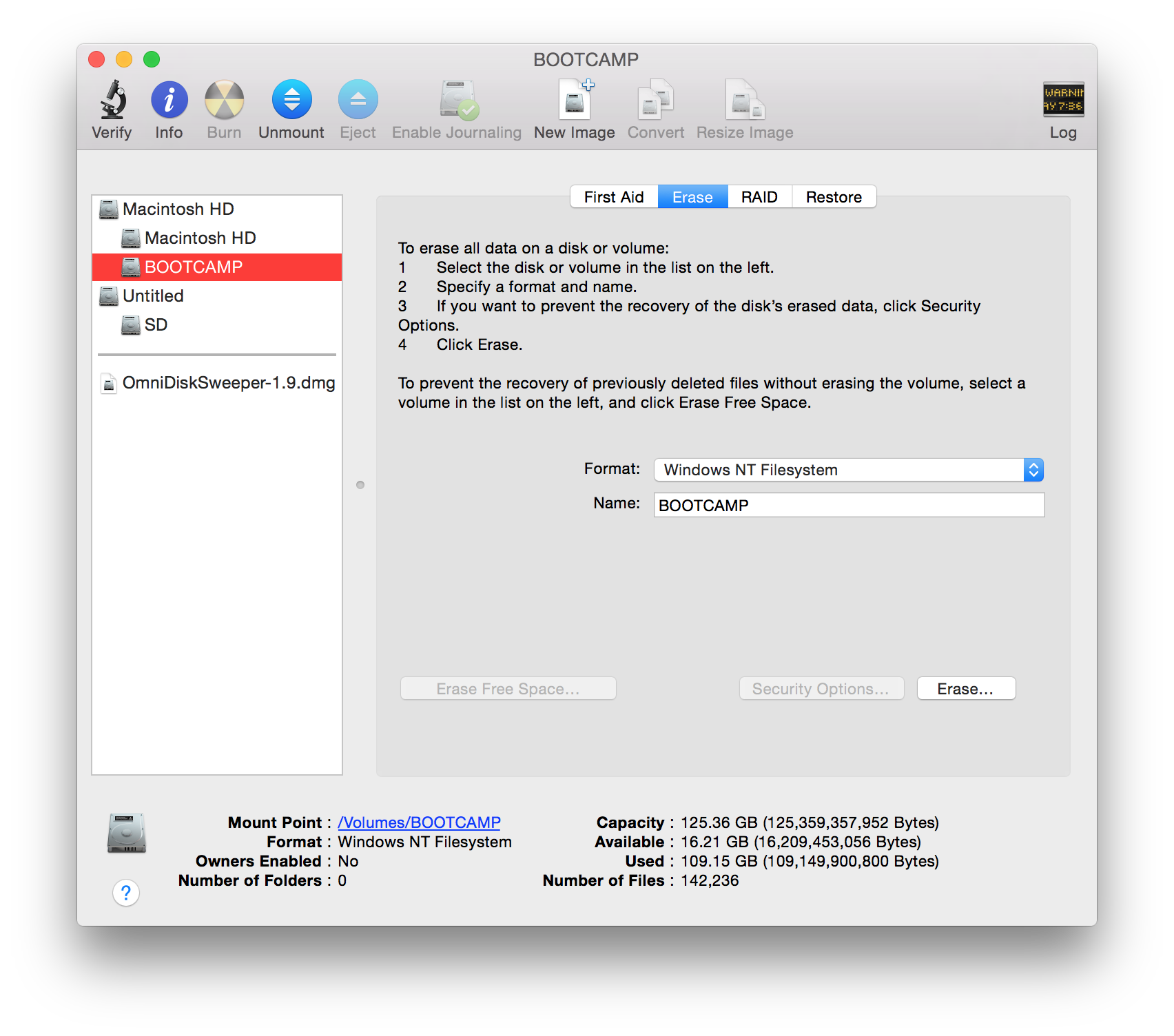
Shadow gives users access to a full Windows 10 machine stored in a data center. Because they're already cross-platform, it means that playing games on an ARM Mac is going to be trivial. It works by simply streaming games that are stored in data centers or other high-end rigs. One promising gaming solution, and an increasing area of focus for tech companies and startups, is cloud-based game streaming.Įssentially, these services let users play games on any device. IOS and iPadOS games will be available on the Mac App Store, but Apple says that developers will get to choose whether or not their own apps appear on macOS.

Importantly, this isn't Catalyst trickery - they're full apps running natively in the macOS operating system. Namely, Macs will be able to run iOS and iPadOS apps natively.Īpple showed off a few iOS-based apps running in macOS Big Sur during its Monday keynote. There's another unforeseen benefit of Apple's Macs switching to A-series chips like those in the company's iPads and iPhones. IPad and iPhone apps will run natively on an Apple Silicon Mac, but will only show up in the Mac App Store if a developer chooses it. Below, you'll a few native and third-party solutions that are likely to work even after Apple switches its Mac chip architecture over. That isn't to say that there won't be options for gamers on an Apple Silicon Mac. Like with Apple's phasing out of 32-bit software, there's also at plenty of time for users and developers to get all of their ducks in a row Of course, there are ways to circumvent these issues, such as Apple's emulation and compatibility initiatives. Many popular games utilize OpenGL, which Apple is replacing with its proprietary Metal technology. There's also the issue of deprecated technologies. While the average Mac user who only ever opens a web browser or uses Mail, Music, or the TV app may not notice, other types of Mac users will find themselves on a much bumpier road. In other words, the switch is going to render a lot of legacy software and dependencies unusable.

Software written for one isn't compatible with the other. The chip technologies rely on differing processor instruction sets. Generally, software written and compiled for x86 Intel systems aren't going to be automatically compatible with ARM-based chips. A switch to ARM is going to make things tricky for a lot of Mac users.Ĭurrent Macs are based on Intel's x86 chip architecture.


 0 kommentar(er)
0 kommentar(er)
